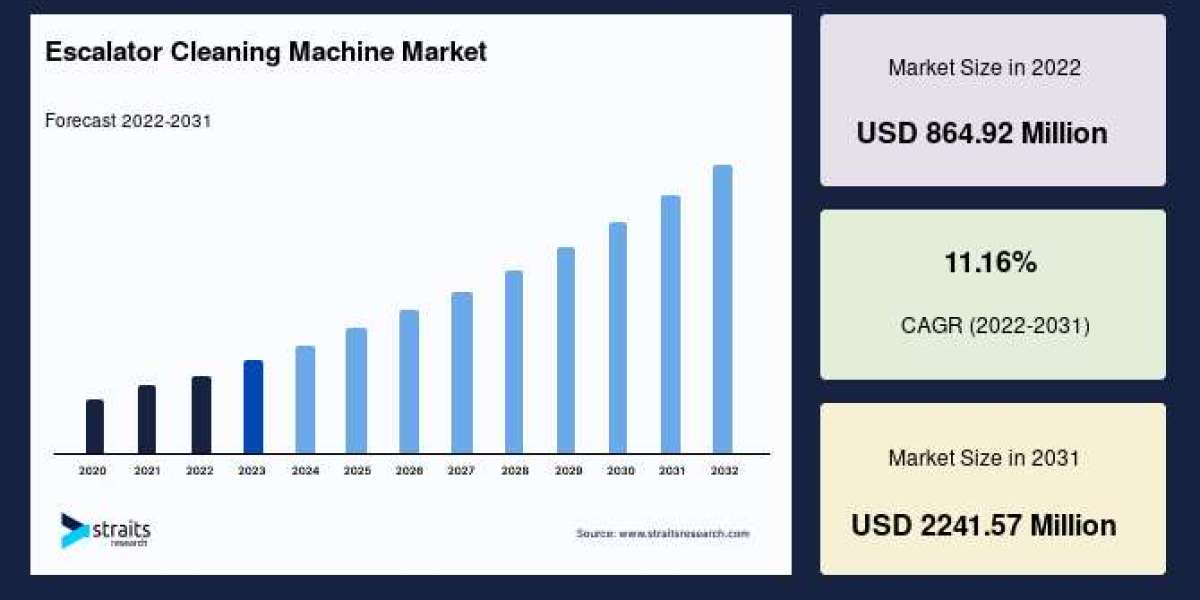Worldwide demand for joint reconstruction devices is expected to increase at a CAGR of 6% from 2023 to 2033. The market for joint reconstruction devices is valued at US$ 32.75 billion in 2023 and is thus expected to reach US$ 58.65 billion by the end of 2033.
Joint reconstruction devices are used for knee replacement, hip replacement, trauma & extremities, ankle replacement, and others. Demand for knee replacement devices is anticipated to rise at a similar CAGR of 6% during the next 10 years. This can be attributed to factors such as the ease of access to trained personnel who can handle knee joint reconstruction devices and procedures.
Demand for knee replacement procedures is anticipated to increase due to the rapidly expanding rate of the global elderly population as well as the rising prevalence of knee discomfort caused by conditions such as osteoarthritis. Devices for knee reconstruction will be more widely adopted as robotic-assisted surgical techniques advance and become more accurate.
Market Segmentation
- By Joint Type: The knee segment holds the largest market share, attributed to the high incidence of knee osteoarthritis and the effectiveness of knee replacement surgeries. Hip replacements also constitute a significant portion, with advancements in implant materials enhancing their longevity and performance. Other joints, such as the shoulder and ankle, contribute to the market but to a lesser extent.
- By Technique: Joint replacement remains the dominant technique, encompassing both total and partial procedures. Arthroscopy is gaining traction due to its minimally invasive nature, offering quicker recovery times and reduced hospital stays. Osteotomy and arthrodesis are less common but are utilized in specific clinical scenarios.
- By End-User: Hospitals and orthopedic clinics are the primary end-users, providing specialized care and surgical interventions. Ambulatory surgical centers are emerging as significant contributors, driven by the preference for outpatient procedures and cost-effectiveness.
Technological Advancements
The integration of robotics, 3D printing, and artificial intelligence (AI) is revolutionizing joint reconstruction surgeries. Robotic-assisted systems, such as Stryker's Mako platform, offer enhanced precision and personalized implant placement. 3D printing facilitates the creation of patient-specific implants, improving fit and function. AI algorithms assist in preoperative planning and postoperative monitoring, optimizing outcomes and reducing complications
Regional Market Insights
- North America: Dominating the market with a 46% share in 2023, North America benefits from advanced healthcare infrastructure, high awareness levels, and a large patient pool. The U.S. alone accounted for over 1 million knee and hip replacement procedures annually .
- Europe: Valued at USD 7.62 billion in 2023, Europe's market is expected to grow at a CAGR of 3.8% through 2030. Germany leads the region, with joint replacement being the most prevalent technique. Arthroscopy is the fastest-growing segment, reflecting a shift towards minimally invasive procedures .
- Asia-Pacific: Emerging as the fastest-growing region, Asia-Pacific is projected to reach USD 7.63 billion by 2030. Countries like Japan and India are witnessing increased adoption of joint reconstruction devices due to a growing elderly population and improving healthcare facilities .
Key Market Players
Leading companies in the joint reconstruction devices market include:
- Zimmer Biomet Holdings, Inc.: Known for its comprehensive portfolio of orthopedic implants and surgical instruments.
- Stryker Corporation: Offers innovative solutions like the Mako robotic-arm assisted surgery system.
- Smith & Nephew PLC: Provides advanced joint reconstruction products and has expanded its presence in emerging markets.
- Johnson & Johnson: Through its DePuy Synthes division, offers a wide range of joint reconstruction solutions.
- Braun Melsungen AG: Focuses on developing minimally invasive surgical instruments and implants.
Challenges and Opportunities
Despite the market's growth, challenges such as high procedural costs, stringent regulatory requirements, and the risk of implant-related complications persist. However, these challenges present opportunities for innovation in implant materials, surgical techniques, and patient care models. The increasing demand for personalized medicine and the adoption of digital health technologies are expected to drive future market developments.
Conclusion
The joint reconstruction devices market is poised for substantial growth, fueled by demographic trends, technological advancements, and expanding healthcare access. Stakeholders, including healthcare providers, manufacturers, and policymakers, must collaborate to address existing challenges and leverage emerging opportunities to enhance patient outcomes and drive market progress.
Read More –
The global emergency medical service products market was valued at USD 31 billion in 2024 and is projected to register a noteworthy CAGR of 6.4% to end up at USD 62 billion by 2035.
The global drone pipeline inspection market is expected to reach a valuation of US$ 336.1 million in 2023 and is expected to progress at a CAGR of 14.2% to reach US$ 1,161.3 million by the end of 2033.
The global spinal trauma devices market is expected to grow steadily with the growing incidence of spinal trauma, evolving surgical technologies, and the increasing use of minimally invasive technologies. With a projected industry size of USD 3.7 billion in 2025, the industry is expected to expand to approximately USD 6.03 billion by 2035, reflecting a consistent compound annual growth rate (CAGR) of 5.0% over the forecast period.
The global factory robot market is expected to reach a valuation of US$ 12,369.3 million in 2023 and is expected to progress at a CAGR of 7.6% to reach US$ 25,731.6 million by the end of 2033.
The global compact excavator market is valued at US$ 8.3 billion in 2023 and is estimated to account for a revenue of US$ 12.1 billion by the end of 2033. Global demand for compact excavators is forecasted to increase at 3.8% CAGR over the next ten years
The global glyoxal market is likely to be valued at US$ 1.46 Billion in FY 2022, up from US$ 1.4 Billion in 2021.During the past year, the industry registered a Y-o-Y increase worth 4.3%. From 2022 to 2032, glyoxal sales are poised to flourish at a CAGR of 4.4% to reach a value of US$ 2.25 Billion by the end of 2032.
The global automotive fuel injection system market was valued at US$ 63,221.0 million in 2024 and has been forecasted to expand at a noteworthy CAGR of 5.6% to end up at US$ 114,115.6 M








